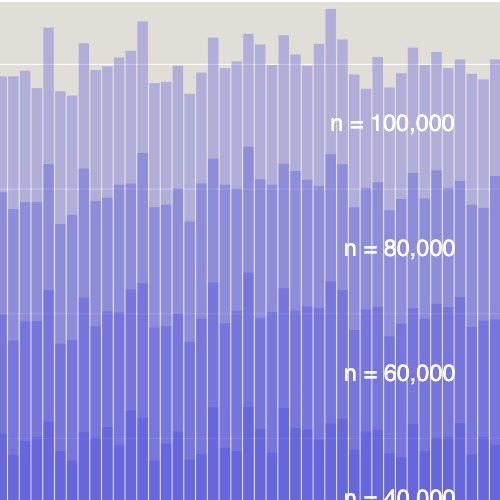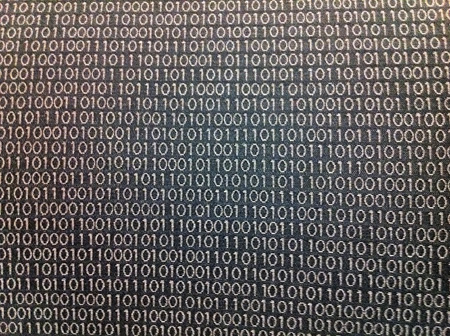Jacobsthal Numbers
by Brian Hayes
Published 23 November 2006
In an item published here last May I stumbled across the sequence
1 3 5 11 21 43 85 171 341 683 1365 2731 5461 10923 21845 43691 87381 174763 349525 699051
which I dubbed “the oddest numbers” but which Neil J. A. Sloane’s Encyclopedia of Integer Sequences calls the Jacobsthal sequence. I asked: Who is or was Jacobsthal? Keith Matthews, creator and maintainer of the Number Theory Web, has stepped forward with an answer. Ernst Jacobsthal (1882-1965) was a German-born mathematician who fled to Norway when the Nazis came to power and eventually became a Norwegian citizen and professor at Trondheim. The story is told in an obituary that Matthews has made available on the Number Theory Web both in the original Norwegian and in an English translation by Jan Kristian Haugland. Matthews also mentions a brief biography in German. And the Mathematics Genealogy Project offers the further information that Jacobsthal was a student of Georg Frobenius and Issai Schur.
A bit more poking around reveals that Jacobsthal’s doctoral dissertation is available online, published by the Humboldt-Universität zu Berlin. In this work Jacobsthal gives a proof that every prime of the form 4n+1 can be written as a sum of two squares.
I’m very grateful to Matthews for answering my idle question about Jacobsthal—but there’s no end to questions. What I’d like to know now is when and where and in what context Jacobsthal discussed his sequence. The numbers are most readily defined by the recurrence Jn = Jn-1 + 2Jn-2, with J0 = J1 = 1. How did this idea come up in his work? Several journal articles and web sites mention the Jacobsthal numbers, but I’ve yet to find a reference to any specific publication.
Responses from readers:
Please note: The bit-player website is no longer equipped to accept and publish comments from readers, but the author is still eager to hear from you. Send comments, criticism, compliments, or corrections to brian@bit-player.org.
Publication history
First publication: 23 November 2006
Converted to Eleventy framework: 22 April 2025
Improve typography: 19 September 2025




The reference appears to be Jacobsthal’s paper “Fibonaccische Polynome und Kreisteilungsgleichungen” in Sitzungsberichte der Berliner Mathematischen Gesellschaft 17 (1919-1920), 43-57. I don’t have access to the paper itself, but it’s cited in “Jacobsthal Representation Numbers” by A.F. Horadam in The Fibonacci Quarterly 34 (1996), 40-54, with the comment “The origins of Jacobsthal numbers… predate Jacobsthal’s article.” The Horadam paper is referenced in the article on Jacobsthal Number at Eric Weisstein’s MathWorld website (http://mathworld.wolfram.com/JacobsthalNumber.html).
Thanks, Barry.